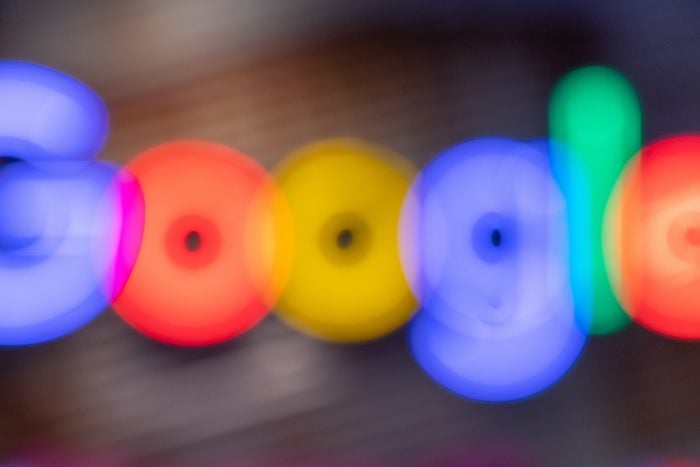Are you not familiar yet with this Shopping variant? Then please first watch this Google video:
It significantly simplifies campaign management and according to Google the conversion value will increase by 20% on average. So why would you still use regular Shopping campaigns?
To give you a better idea of this Shopping variant, in this article we take a closer look at the pros and cons of smart Shopping campaigns.
Also read: 8 best practices for naming conventions in Google Ads Campaigns.
The pros of Smart Shopping
- Time saving
Google takes care of managing the campaigns, so this will save you a lot of time. Time that you would normally have to spent on campaign management.
- Low threshold
With regular Shopping campaigns you need quite a lot of knowledge and experience to set up the campaigns properly. Setting up Smart Shopping campaigns is a lot easier. Even if your knowledge is limited you’ll be able to set up a good campaign. This makes it the ideal campaign type to start with if you don’t have a lot of experience with Google Shopping yet.
- Machine Learning by Google
Google Smart Shopping campaigns give you limited insight into campaign data and offer only limited options for control. The Google algorithm does the work for you. According to Google, the algorithm is of such a high standard that it will enable you to achieve your campaign goals. In addition, thanks to all of the data and insights that they have, Google can feed many more factors into the algorithm than you could ever do yourself.
- Automatic display ads and retargeting
Google creates display ads for your products. Your ads can therefore show up in Google’s display network. In addition, Google automatically uses retargeting. Please note, though, that you don’t have any influence on it. If a lot of the traffic is being achieved through retargeting, you should always ask yourself whether it has a positive incremental effect or not.
- Developments
New functionalities are added regularly that you can apply in your Smart Shopping campaigns. It’s now possible to target locations, for instance, making it easier to perform A/B testing. An option to indicate what you are willing to spend on a new customer will also be added soon. The addition of new features is something that we see increasingly less often with the regular Shopping campaigns.
The cons of Smart Shopping
- No insight into keywords
With Google Smart Shopping campaigns you’ll have much less insight. The idea behind this is that you no longer need these insights, thanks to the Google algorithm. For example, you can no longer see for what keywords your ads are shown. Therefore you also don’t know how much money you spend on certain keywords. The question then remains if the keywords match well with the product. In practice, this doesn’t always seem to be the case.
- Limited control
You put Google in total control of the campaigns. How much will be bid on mobile, for which keywords, for which target groups and for which products? It’s all in the hands of Google.
What if the results are disappointing? With the limited insights that you have, it’s difficult to find out why this is and to make targeted adjustments to your campaigns. Lowering or increasing the target ROAS, or possibly removing products from your campaign, are simply the only ways to influence the results.
- Untrackable sales
What if many of your conversions fall outside the scope of the measured data, for example because they’re done over the phone or via e-mail? With regular Shopping ads you have the option to apply a strategy to certain keywords for which you know that the conversion will take place offline. With Smart Shopping it’s a lot more difficult to take this into consideration in your campaigns.
- External data aren’t considered
Is there any use in pushing a product if there’s only a few items left in stock? Or if only shoe size 15 is still available? Google exclusively uses its own data to set bids. Combining your Google Ads data with company-specific data, such as the product stock, can often yield a lot of information and save you a lot of unnecessary advertising costs.
Switch to Smart Shopping completely?
In the end the big question always is: what works better? With our customers we see varying results. For some customers, Google Smart Shopping provides a significant uplift in turnover and/or ROAS, whereas for others the results are disappointing compared to their regular Shopping campaigns.
Our advice is therefore to try to combine the best of both worlds. For example, use Smart Shopping campaigns for your top products and regular Shopping campaigns for your other products, or vice versa. Also, more and more options are becoming available to deal with the above-mentioned disadvantages. For example, you can supplement Smart Shopping with company data such as your margins or product stock. The challenge here is to feed the right data into your Smart Shopping campaign.
We recommend that you keep on testing to see what works best for your company and your products.
Are you curious about the added value that Adchieve can bring to your Smart Shopping campaigns? Request a no-obligation demo now!



.png)